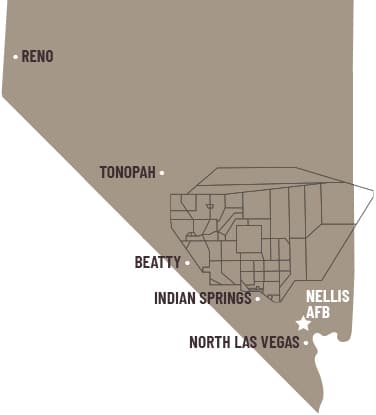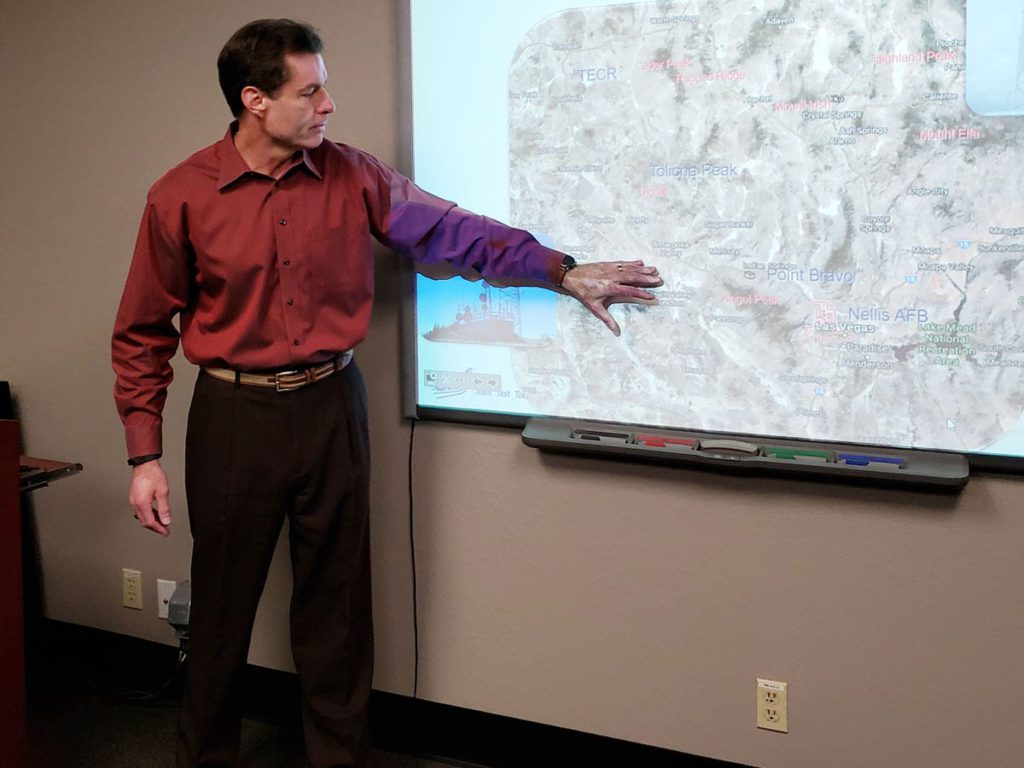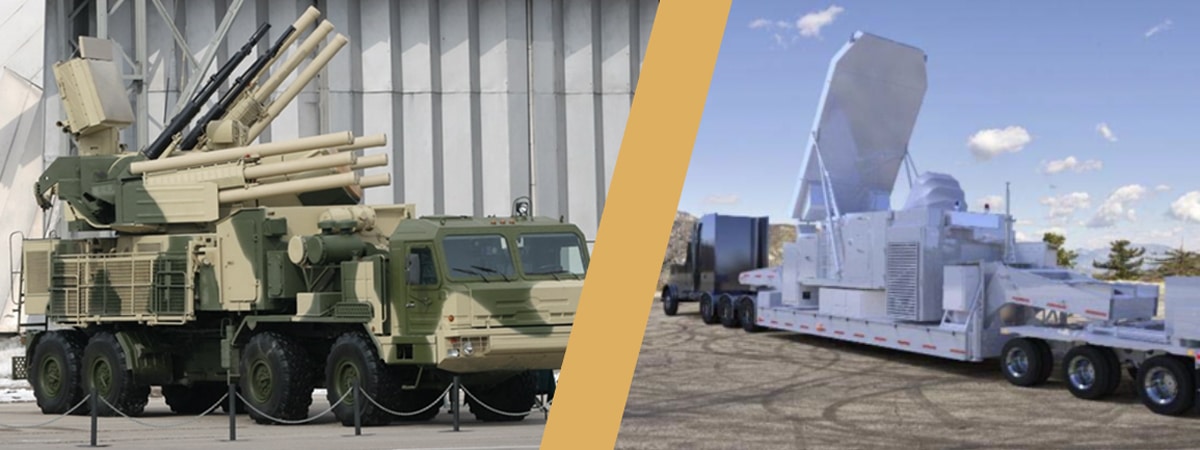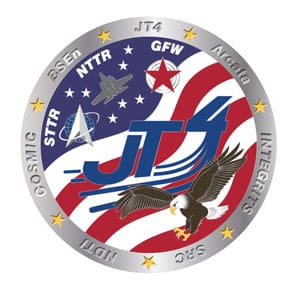JT4 provides communication, engineering, maintenance, logistics, operations and administrative support at the Nevada Test and Training Range (NTTR). The NTTR delivers a real-world environment for air, ground, and cyber-based military activities, including pilot and crew training, combat exercises, and testing of new manned and unmanned aircraft and weapons systems. The NTTR develops full-spectrum capabilities through responsive, realistic and relevant U.S. Air Force and joint-service testing, tactics development and advanced training across all levels of war.
JT4’s mission at NTTR is to provide quality test and training and support to DoD agencies such as the U.S. Air Force, Army and Navy in mimicking threats and conditions our forces may face during conflicts throughout the world in defense of our country. This effort requires dedicated professional skills and expertise throughout our expansive workforce. As the technical services support contractor for the NTTR, we are dedicated to providing the best value in services to our customer. It is our charter to seek out, develop and integrate state-of-the-art technology solutions to address our customer’s diverse needs in the areas of cost and performance.

After completing my tour in the military, I wanted to continue to serve my country. I wanted an opportunity that would allow me to utilize my technical experience and education from day one. I found that here at JT4. From the very first day, my supervisors and colleagues wanted to help me with my development as a team member. It has been my dream job.
– Scott B., Electronic Technician (NV)
Where we work

North Las Vegas, NV
North Las Vegas, NV
near Indian Springs, NV
near Tonopah, NV
near Beatty, NV
The best of NTTR

A message from the range manager
The JT4 team supporting the NTTR consists of a dedicated team of professionals who use their talent and expertise to provide world-class support in training, test and tactics development. Our goal is to provide our customers with the highest quality and most cost-effective test and training environment in a safe and efficient manner.
– Ralph Decker, Range Manager
Platforms and exercises supported
JT4 supports various missions throughout the year, totaling (on average) more than 350 missions per month. These include various joint exercises like Neptune Falcon, as well as a number of highly sophisticated training exercises that simulate battlefield situations. JT4 personnel provide support from the initial planning stages of an exercise through scheduling, mission execution and the final debriefing.
Where we live
Poised for the future
The ability for the Air Force to defeat adversaries requires a threat-representative training environment that include Surface-to-Air Missile (SAM) systems, Anti-Aircraft Artillery, Radar and Communications Jammers and various active and passive detection systems. Our support in creating that environment will continue to evolve with new technology, tactics and techniques. JT4 manages dozens of projects that invest in the development and deployment of capabilities necessary to provide the threat-representative environment of the future.
We work closely with our customer to update current systems and bring new systems to bear that are representative of what the Warfighter will be faced with in combat. The future advanced threat simulators are high-fidelity systems used to ensure aircraft detection ranges as well as signal levels are comparable to real-world adversary threats. This technology will properly support the airborne radar warning receivers and jamming equipment’s realistic reaction to the signals.


Contact Us
Location:
4228 Arcata Way
North Las Vegas, NV
89030
Mailing Address:
4228 Arcata Way
North Las Vegas, NV
89030
Phone: 702.399.9966
Fax: 702.399.9970
